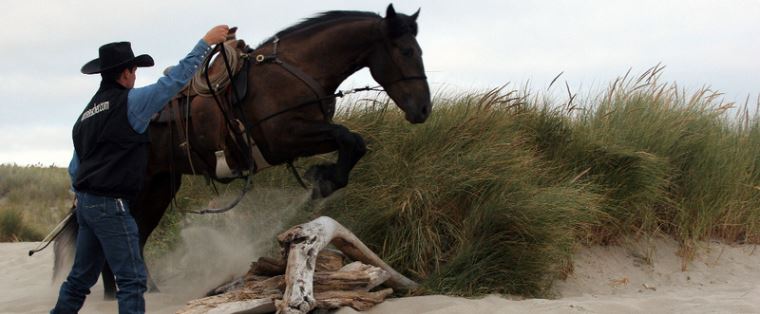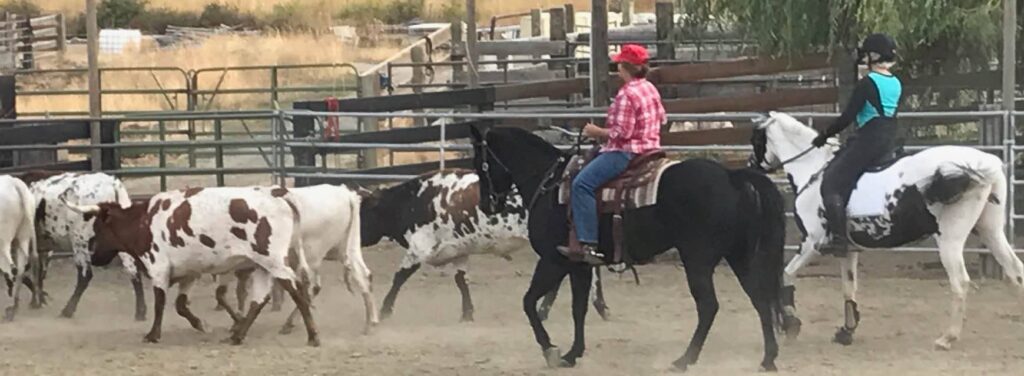In this method of horsemanship, we focus on three systems of the horse:
- The Respect System
- The Impulsion System
- The Flexion System
These systems are directly related to core behaviors that evolve from:
- Mind – Mental
- Emotion – Emotional
- Body – Physical

Why?
It is crucial to focus on all three of these areas in order to develop a more complete partnership. For instance, many show horses that are highly trained are simply unable to handle going out on a basic trail ride. On the other hand, many well‑adapted trail horses would be unable to go to the show ring and perform flying lead changes, correct circles, lead departures, etc. This is because they are strong in one system, but not in the others. A show horse is usually strongest in the Physical side and a trail horse tends to be stronger on the Mental and/or Emotional sides. It is not that they can’t be strong in more than one, but if the systems aren’t in balance there can be significant difficulties. We are looking to create an all‑round horse/human partnership that can go in any direction. Basically, we need to think outside the box. We should trail ride the show horses, show the trail horses, jump the reiners, rope off the jumpers, do liberty with the dressage horses, and so on…

How?
The process is a little complicated, but, when broken down, it is much easier to grasp. The respect system focuses mainly on the mind. The impulsion system focuses mainly on the emotion. The flexion system focuses mainly on the body. To better help you understand these areas, your initial groundwork is about developing your horse’s respect and therefore their mind. Your initial freestyle work is about developing good impulsion, and therefore the horse’s emotion. Your initial refinement work is about developing physical flexion and, therefore, the physical/body side of the horse. The four areas of practice/study (on line, liberty, freestyle, and refinement) are covered more in-depth in the Levels Program of Horse Teacher University (www.HorseTeacherU.com).
The Goal:
To be able to balance both you and your horse mentally, emotionally, and physically.

Common Mistakes:
- Trying to be a ‘trainer’ all the time.
- Trying to be ‘ultra-natural’ all the time.
- Not recognizing the importance of the four areas of practice.
- Being afraid to test your horse’s emotions.
- Not letting your horse make mistakes so that they can learn from them.
Success Tips:
- Allow the process to take the time it takes, don’t be in a hurry.
- Start with small exercise first.
- Continually build on the exercises and expectations.
This is a big part of the ‘way of life’. This is an approach and a way of looking at your relationship with your horse that really makes this method work. So, stay focused and balanced and progress will follow.
